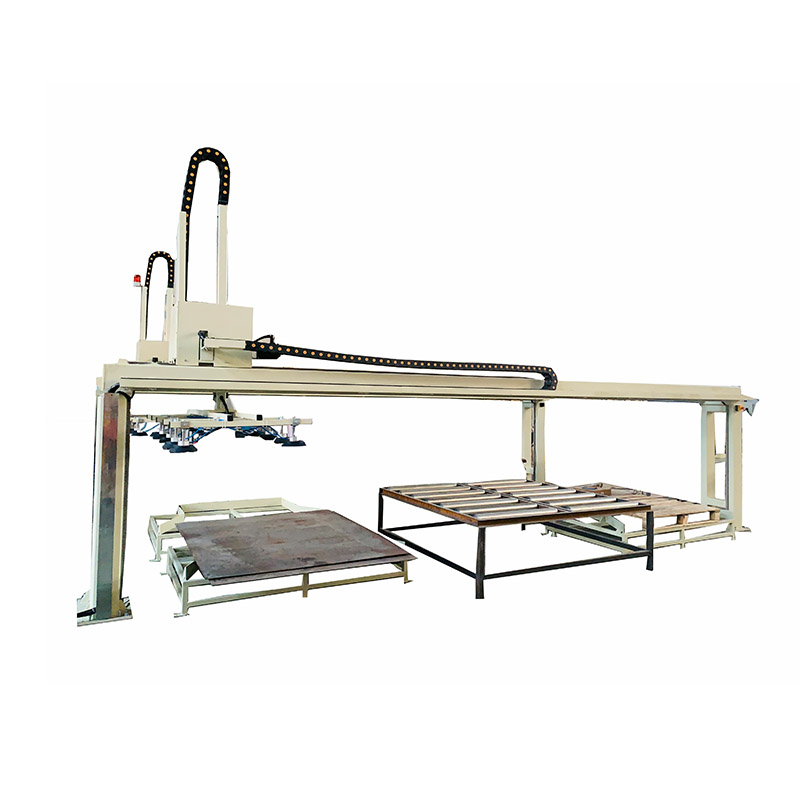A truss manipulator, often referred to as a truss robot or truss handling system, is a type of robotic system designed specifically for manipulating trusses. Trusses are structural frameworks composed of interconnected elements such as beams, bars, and nodes, commonly used in construction to support roofs, bridges, or buildings.
Truss manipulators are specialized robots used in various industries, particularly in construction and manufacturing settings, where trusses are a key component. These robots are engineered to perform tasks related to the handling, assembly, placement, or movement of trusses.
Key features and functions of truss manipulators include:
Material handling: They can pick up, transport, and position trusses efficiently, often using various end-effectors or grippers designed for truss manipulation.
Assembly and construction: Truss manipulators are capable of assembling trusses by joining individual elements together accurately and securely.
Precision and accuracy: These robots are designed to work with precision, ensuring that trusses are aligned correctly and assembled accurately according to specific design requirements.
Automation and efficiency: By automating truss handling and assembly processes, these manipulators improve productivity, reduce manual labor, and enhance overall efficiency in construction and manufacturing operations.
Safety: Utilizing robots for truss handling tasks can improve workplace safety by reducing the need for human workers to perform physically demanding or hazardous tasks.
Customization: Truss manipulators can be customized based on the specific requirements of the truss designs, allowing for flexibility in handling various types and sizes of trusses.
Overall, truss manipulators play a significant role in streamlining the construction and assembly of structures that rely on trusses for their stability and support, offering increased efficiency, precision, and safety in the process.
